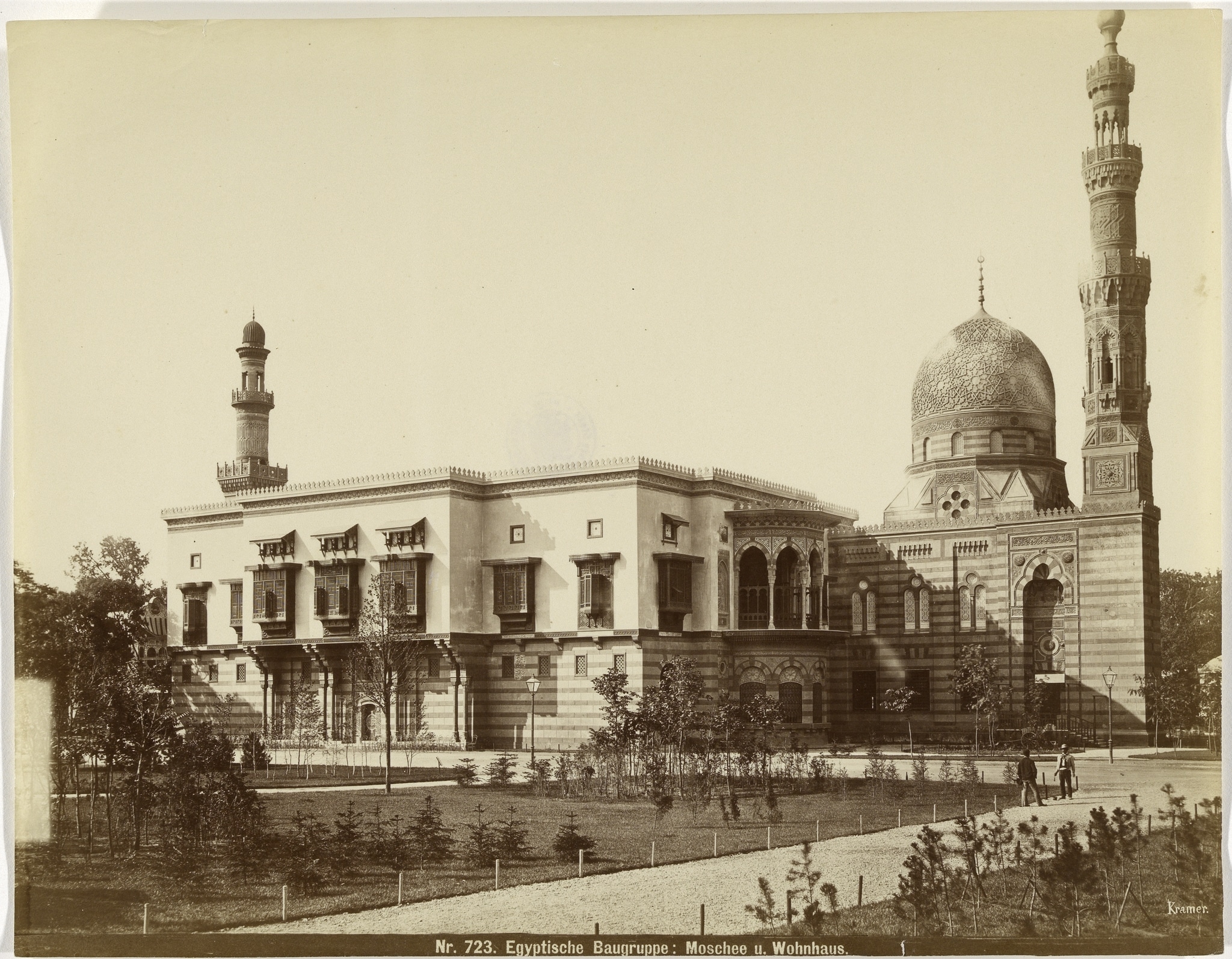Literatur
(1873, August 7). Skizzen von der Weltausstellung VIII. Im orientalischen Viertel. 2. Prager Abendblatt. Beilage zur Prager Zeitung, 185, p. 2.
Niemand, F. (2019). „Orientalische“ Architektur und fotografische Dokumentation der Wiener Weltausstellung 1873 [Masterthesis]. Universität Wien.
Niemand, F. (2021). "Orientalische" und orientalisierende Interieurs auf der Wiener Weltausstellung 1873 im Spiegel der Text- und Bildquellen. In M. Hartmuth & J. Rüdiger (Eds.), Gezimmertes Morgenland. Orientalische und orientalisierende Holzinterieurs in Mitteleuropa im späten 19. Jahrhundert. Phänomenalität, Materialität, Historizität, (pp. 79–96). Böhlau Verlag.
Vincenti, C. (1873, October 29). Weltausstellung 1873. Das ägyptische Wohnhaus, Wiener Abendpost. Beilage zur Wiener Zeitung, 250, pp. 1995–1996.
Ausstellungen
1873: Weltausstellung, Vienna

